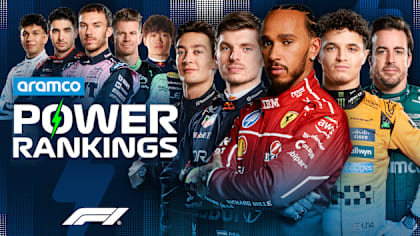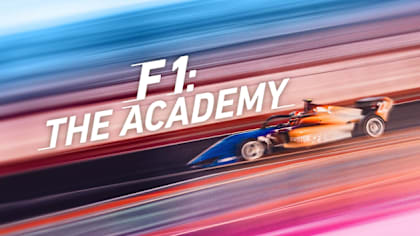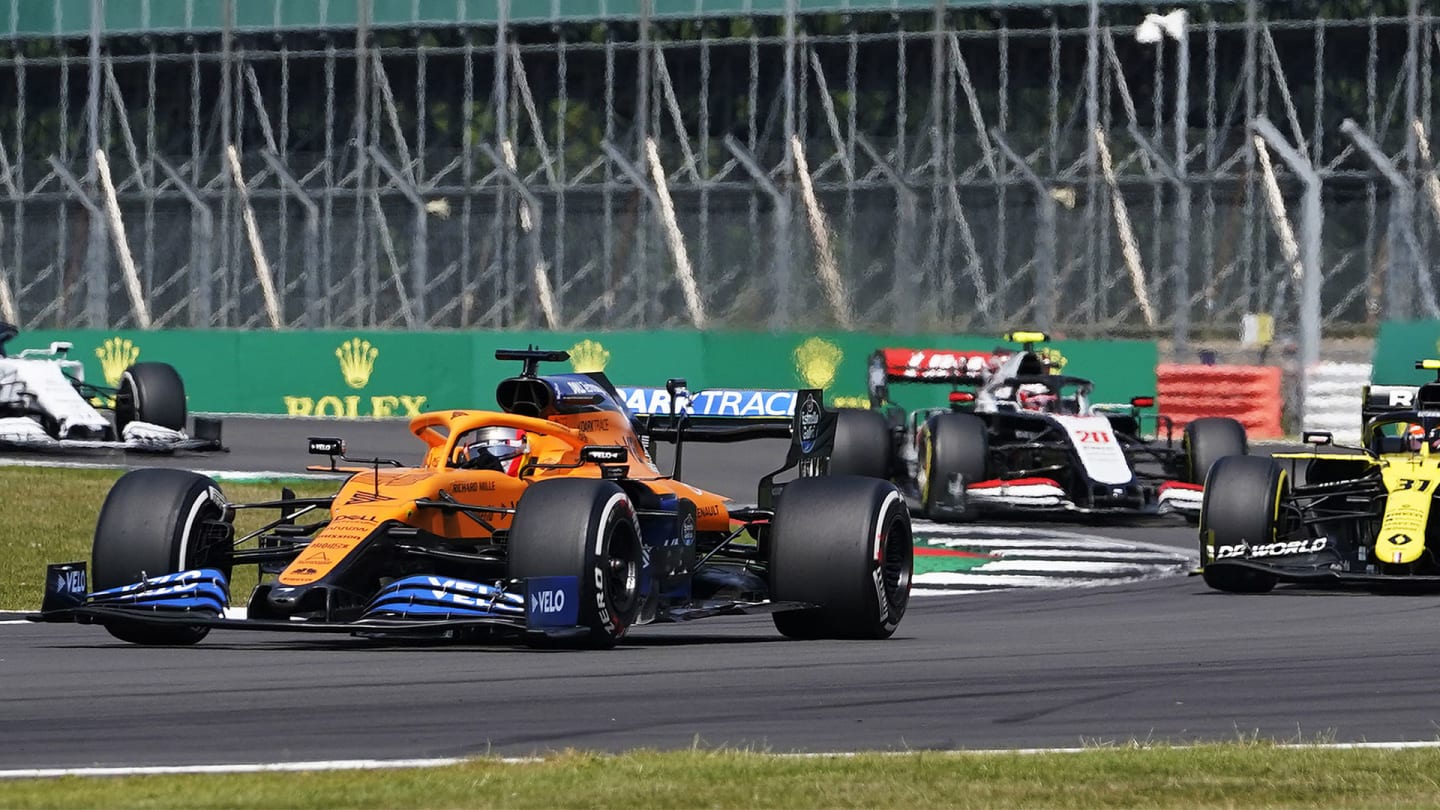
News
FIA outline proposed downforce changes for 2021
Share

With cornering speeds on the rise in 2020, the FIA have revealed the detail of their proposed moved to reduce downforce on Formula 1 cars for 2021, with Nikolas Tombazis, the FIA’s Head of Single Seater Technical Matters, outlining three changes set to to decrease aerodynamic loads for next year.
On the Friday of the Belgian Grand Prix weekend, Tombazis revealed the FIA’s plans to cut aerodynamic performance on the current breed of cars by around 10% – a move Formula 1’s governing body felt was necessary due to the increased aerodynamic loads generated by the cars allied to the continuation of Pirelli’s current range of tyres into 2021.
“We feel that downforce has increased a bit too much,” said Tombazis, who added that the goal was for downforce levels to end up “somewhere between that of last year and this year”, with the FIA having already instigated a change to the cars' floor shapes earlier in 2020 to contribute to that goal.
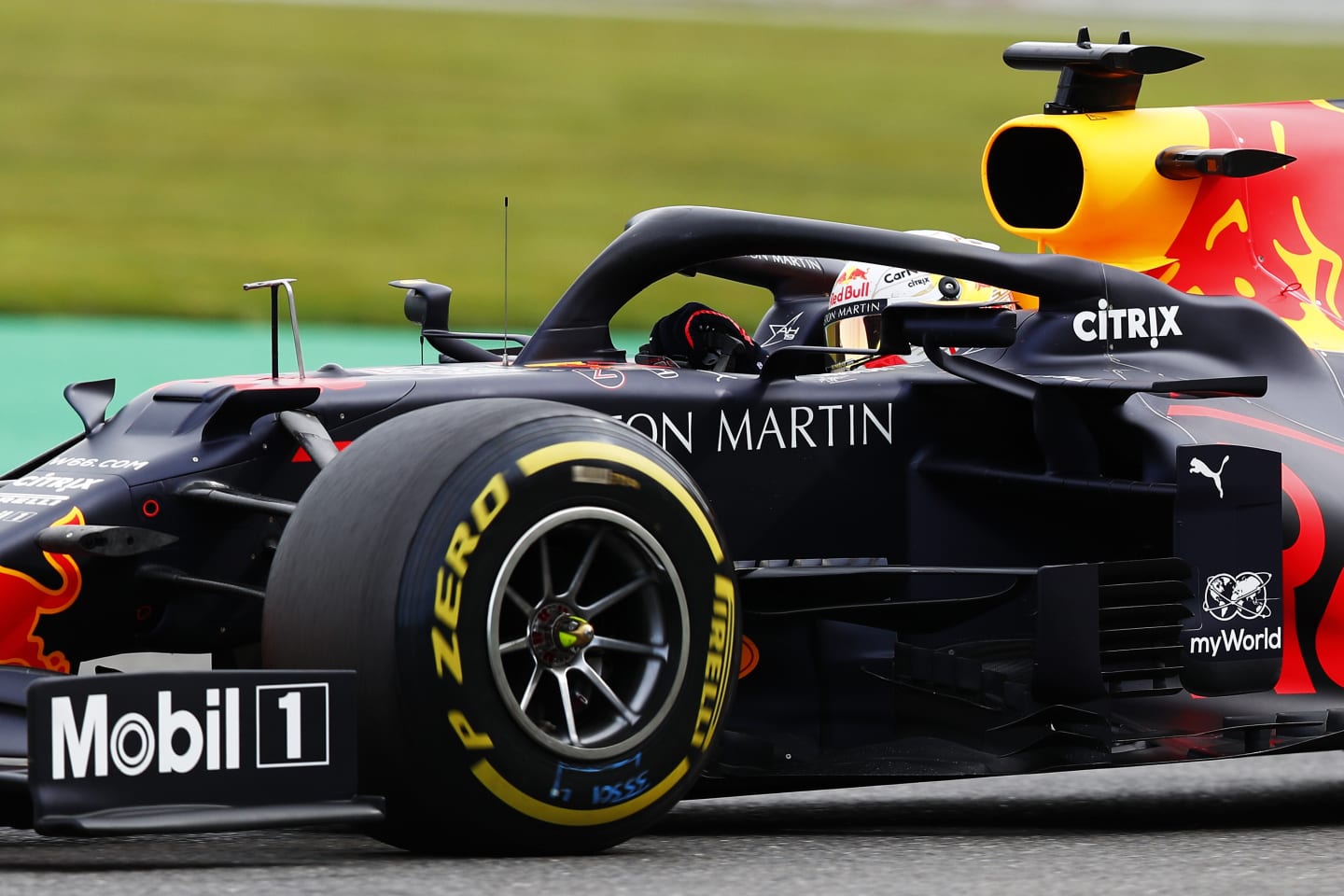
The current tyres will be used for a third consecutive season in 2021
“Basically, we have communicated to the teams a number of options which were considered… and hearing the team’s comments, we selected a shortlist of things, which is three different small modifications.
“We will eliminate some slots on the side of the car on the edge of the floor; we will make the rear brake duct winglets … 40mm narrower; and the diffuser fences that currently… are further inboard… will be limited to the step plane, and will hence be chopped up by 50mm.
“We think that some of these changes [equate to] approximately a total of about 4-5% of the overall downforce the cars have,” Tombazis added. “And we of course have made the diagonal trim on the floor edge already from May, and that is obviously in addition to that.
"So in total I think we expect maybe about 10% reduction [of downforce], and teams will be gaining 4-5% through normal development. Clearly, it’s an inexact science because we don’t know how much teams will find in performance… but these are our estimates.”
REVEALED: The key performance area being closed off as F1 trims 2021 downforce levels
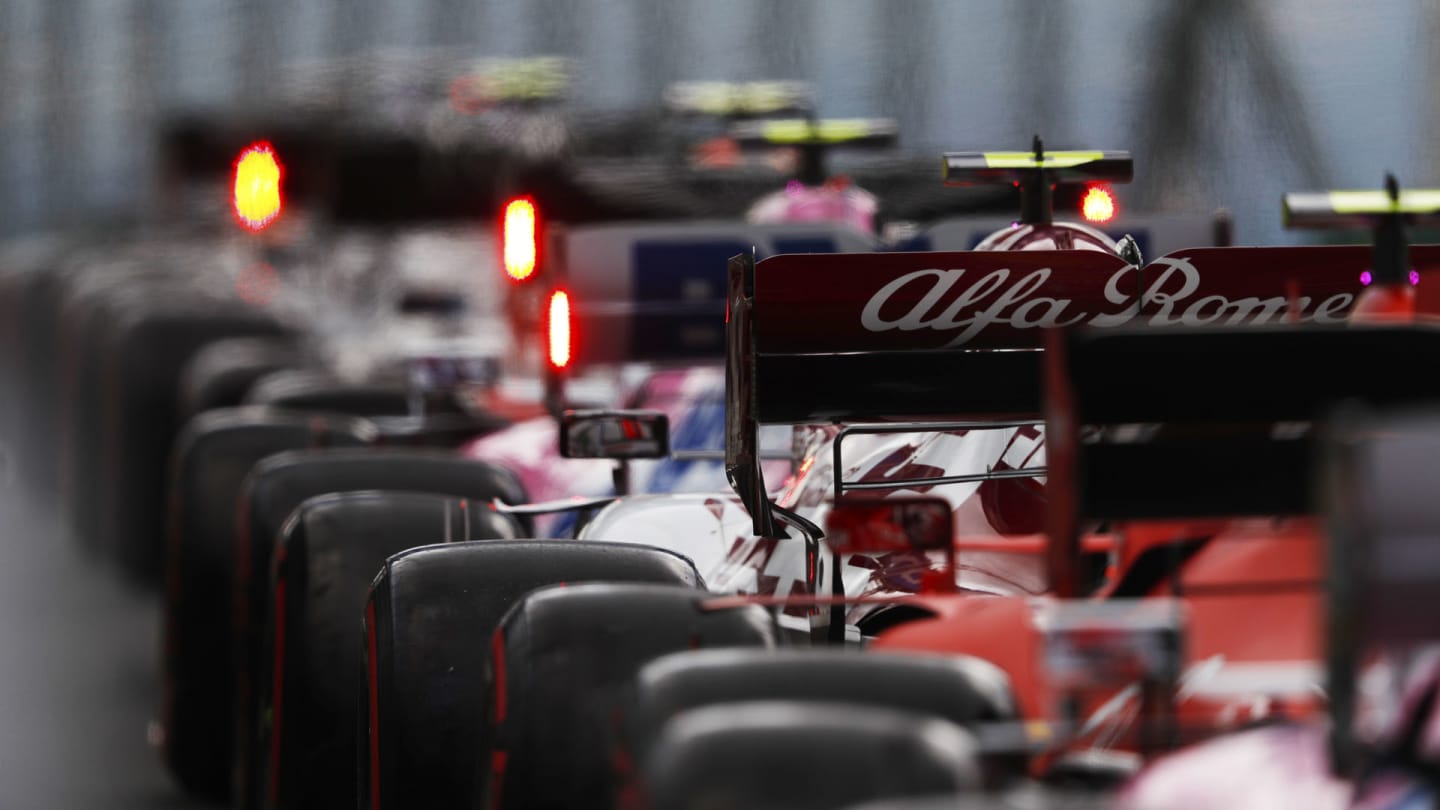
The FIA feel that the current cars generate too much downforce
Tombazis was moved, however, to underline that the changes were not being made due to any fears over the safety of the current Pirelli tyres, saying that the modifications didn’t “in any way or shape imply that the tyres are not safe.
“The car and tyres are… a single unit working together,” he said. “We will have the tyres next year for the third consecutive year, which is an anomaly of course because of the Covid crisis and because the very intense race schedule we have now would have made any testing impractical for new constructions.
"And in the meantime, we have the aerodynamics teams of each Formula 1 team working hard to make their cars more competitive and find more downforce – so we have two things that should not go together.
“So that’s the reason for our intervention… and therefore [the cars] will be safer than this year – certainly a lot safer than if we had done no intervention at all.”
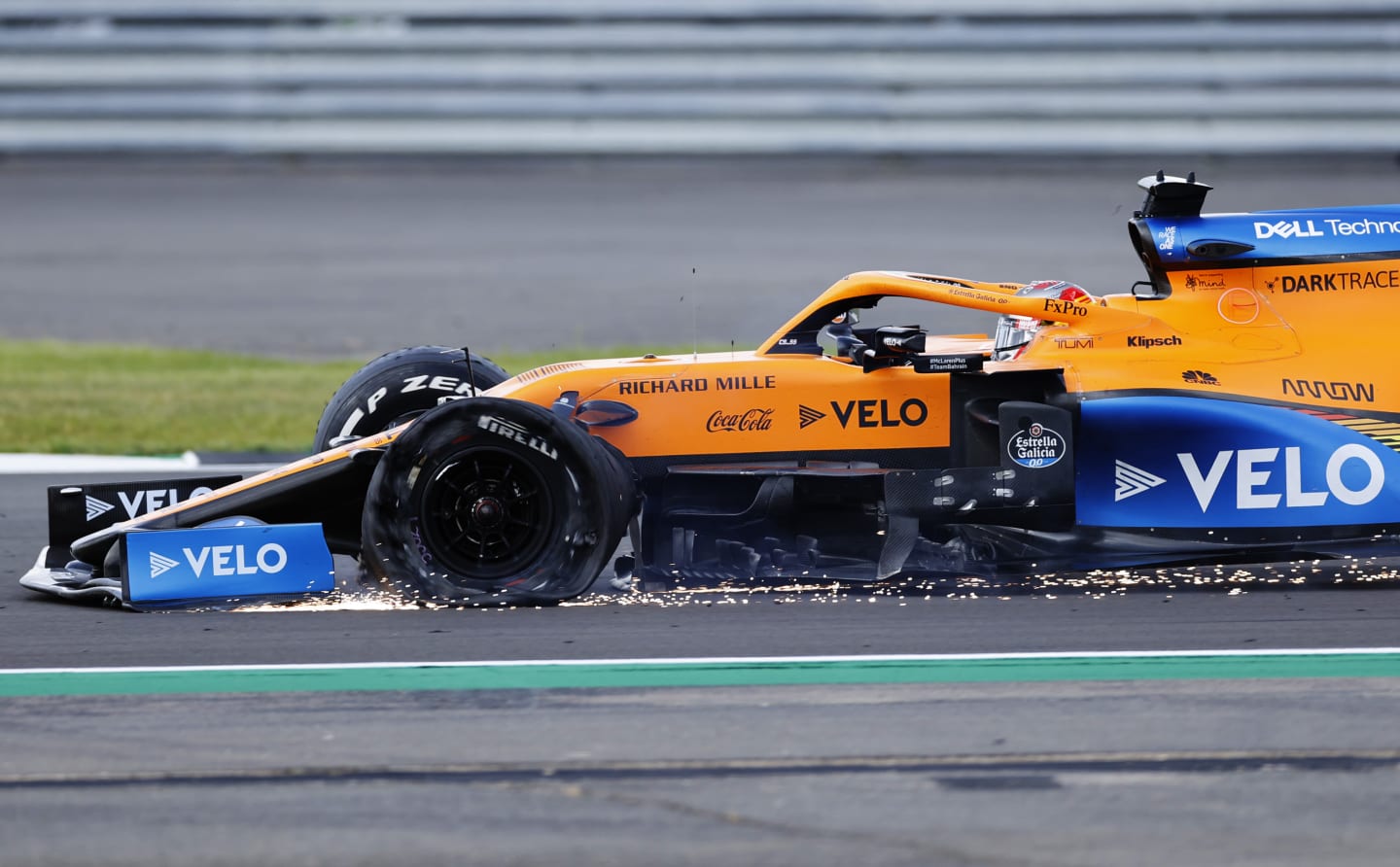
Pirelli said that high loads contributed to the tyre issues at the British Grand Prix earlier this year
Pirelli’s Head of F1 and Car Racing Mario Isola welcomed the proposed changes, meanwhile, revealing the scale of the challenge that Pirelli face currently, with aerodynamic loads in some of the fastest corners in F1 having doubled since Pirelli returned to the sport in 2011 – an increase which Pirelli previously said had contributed to the dramatic tyre failures experienced on some cars at the 2020 British Grand Prix.
“We have to design one tyre that is able to fit 10 different cars and 20 different drivers and it’s always obviously a compromise,” said Isola. “And the fact that we cannot continue our development is a bit of an issue now, and with this [decision], I believe we are in a better situation.
Great Britain 2020: Tyre drama sparks remarkable Silverstone finish
“We did a very small investigation on loads from 2011 to 2020, and the vertical load, as an example, at the apex of Copse [at Silverstone] is double the load that it was in 2011 – so 100% more. It’s a huge number, not something that we cannot consider. And it's the same for lateral loads, the same for a number of data that we collect.”
Meanwhile, the FIA will be able to enact their proposed changes without the unanimous agreement of the teams, given that the alterations are being made on the grounds of safety – although the decision will still need to be rubber-stamped by the FIA’s World Motor Sport Council.
YOU MIGHT ALSO LIKE
FeatureF1 Unlocked POWER RANKINGS: Who lit up the streets of Jeddah during the Saudi Arabian GP weekend?
OpinionF1 Unlocked PALMER: Verstappen’s Turn 1 penalty proved decisive in Jeddah, so were the stewards right?
News ‘It is what it is’ – Verstappen concedes tussle with Piastri ‘potentially’ cost him victory as he hails 'good pace' shown in Jeddah
News F1: The Academy documentary series to launch on Netflix in May

